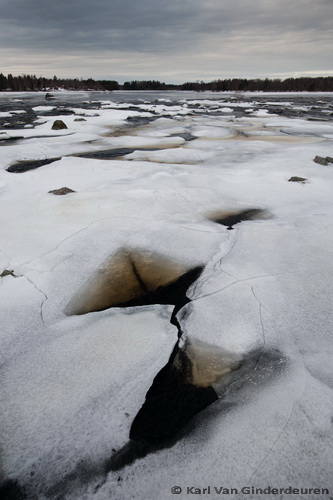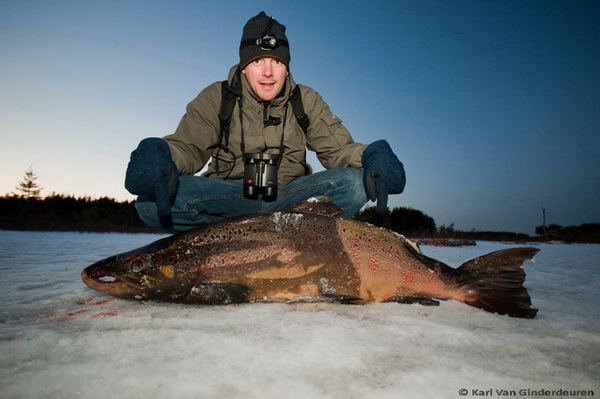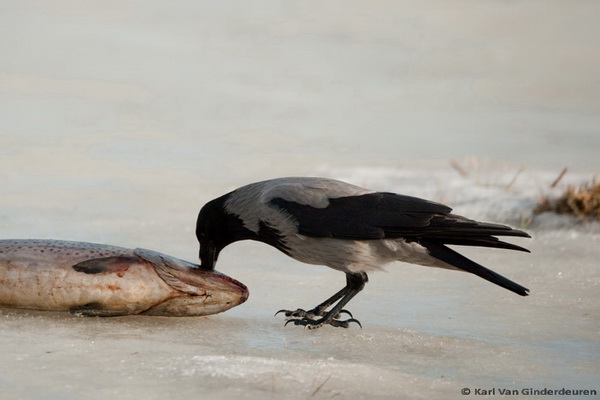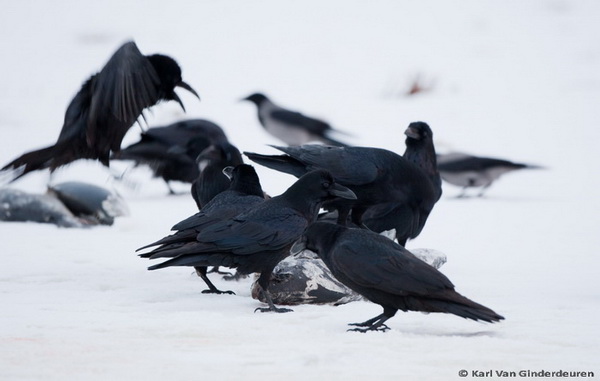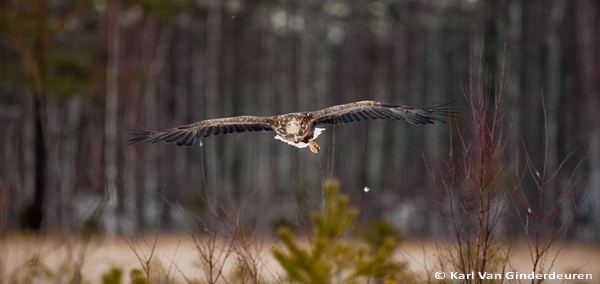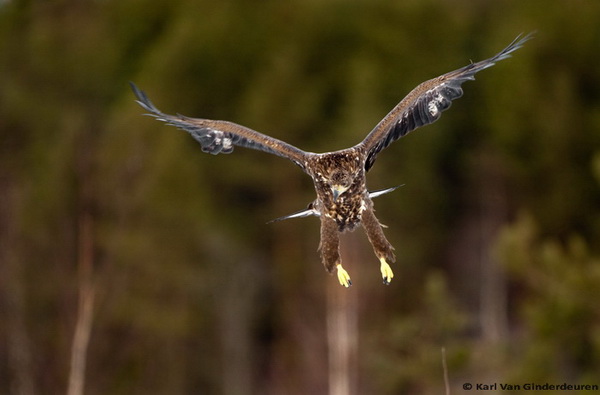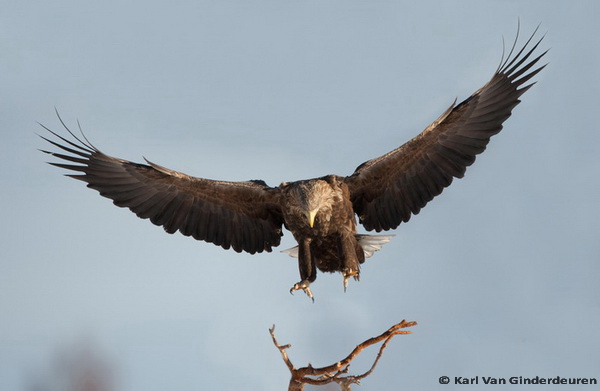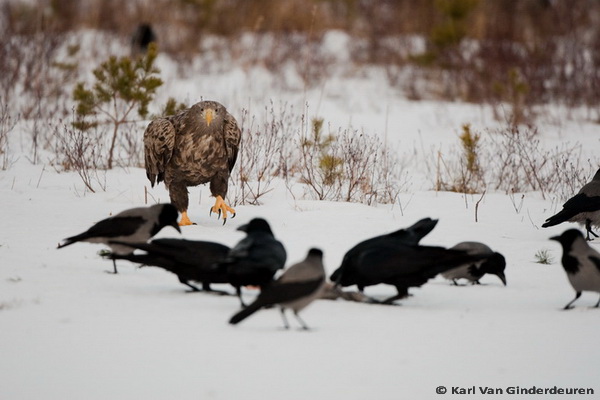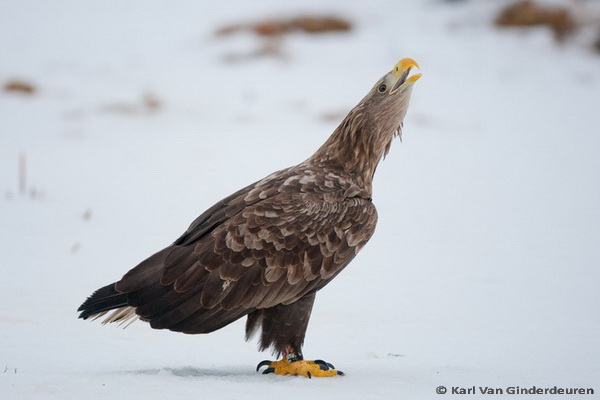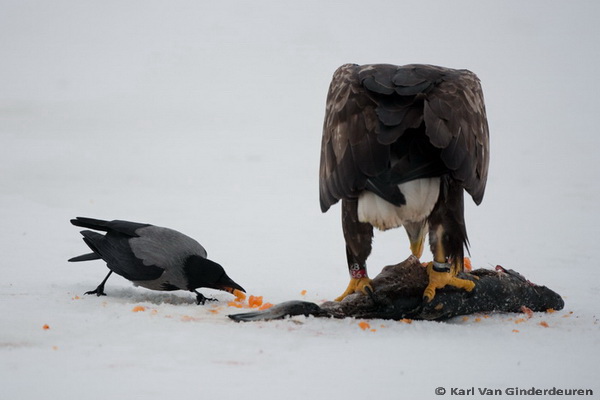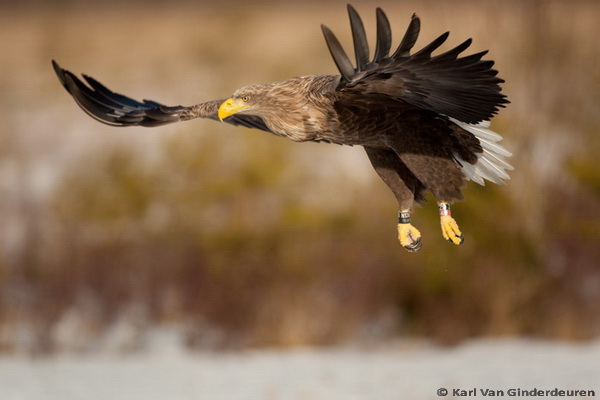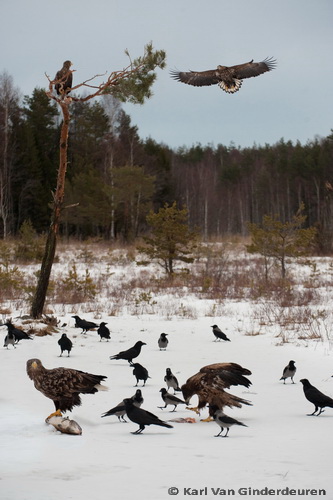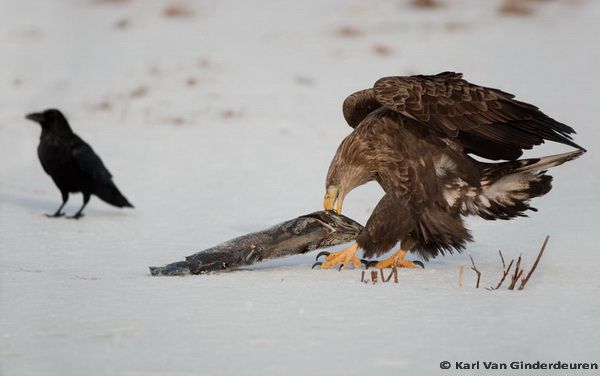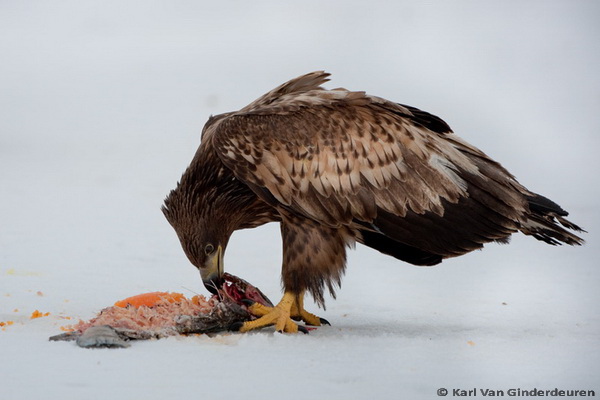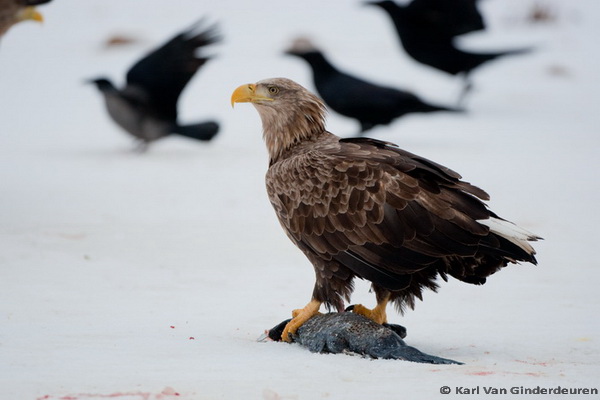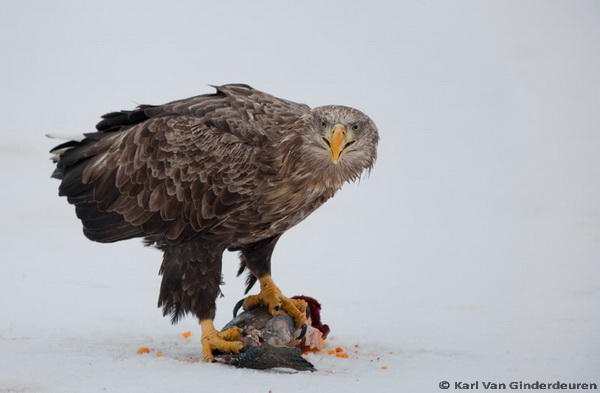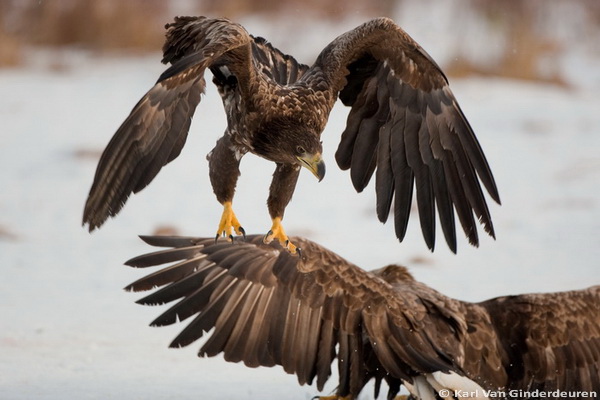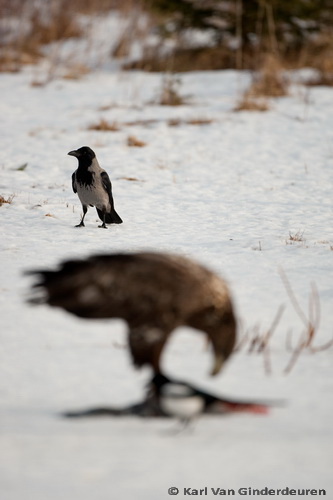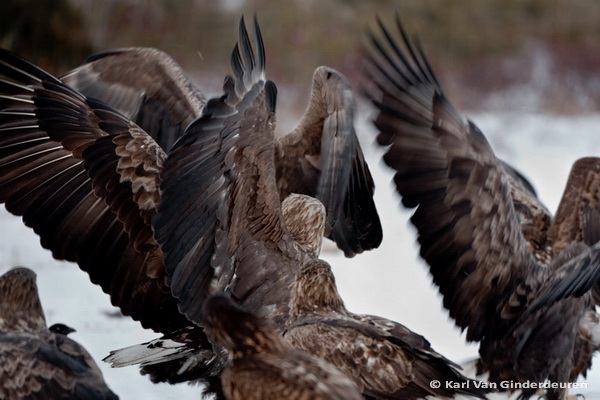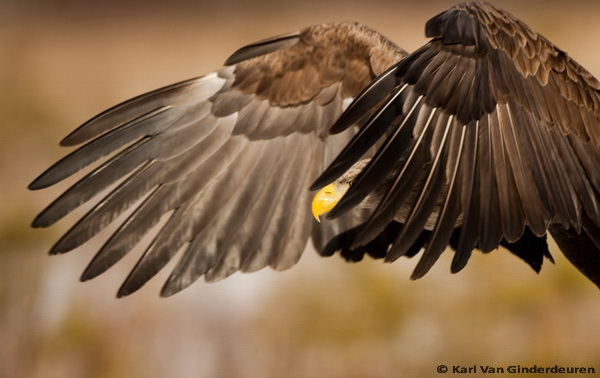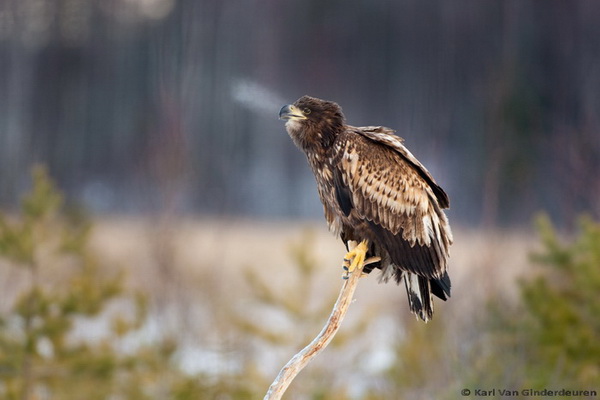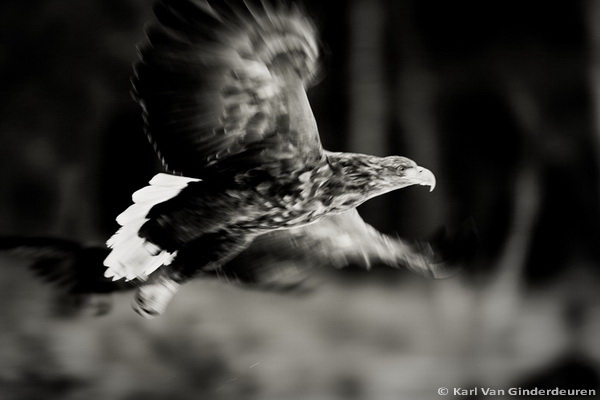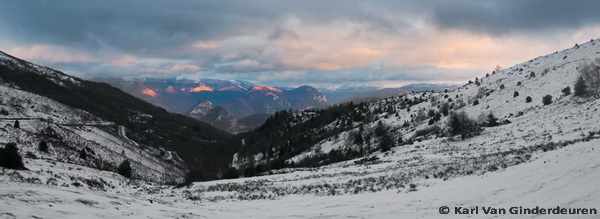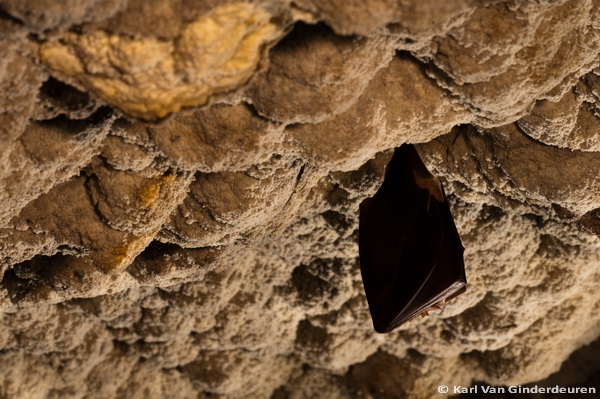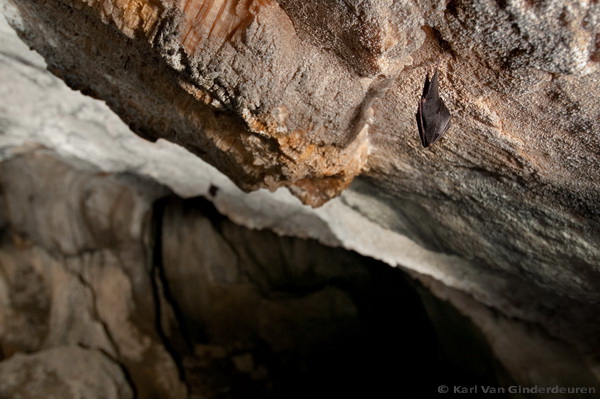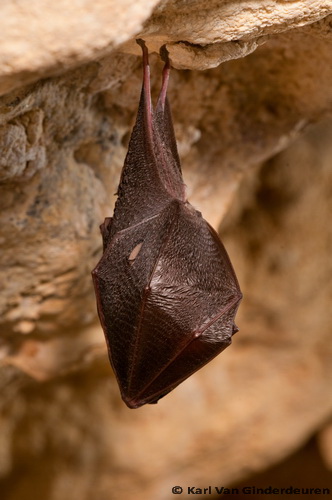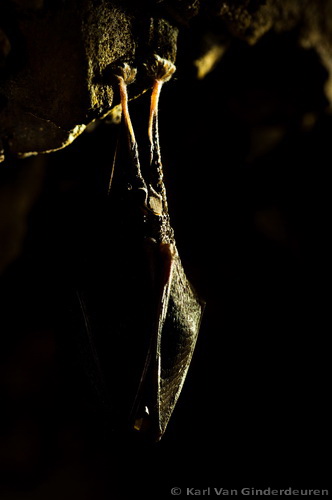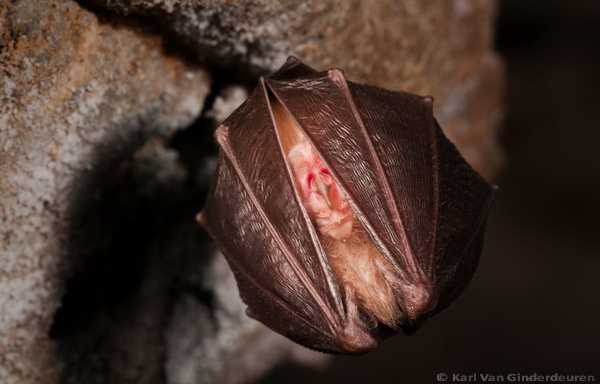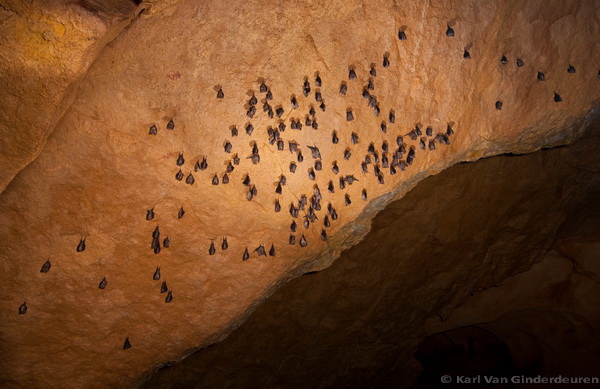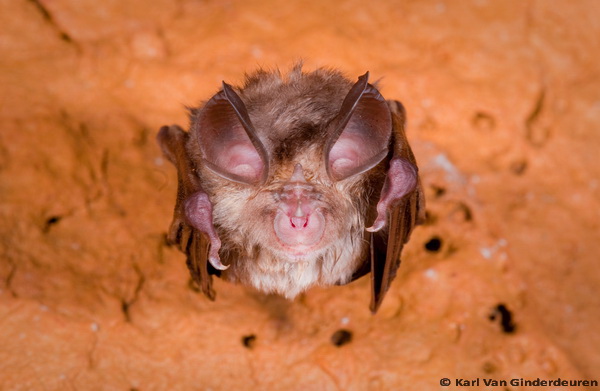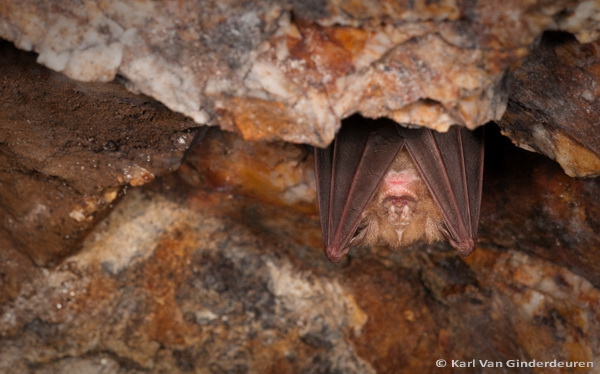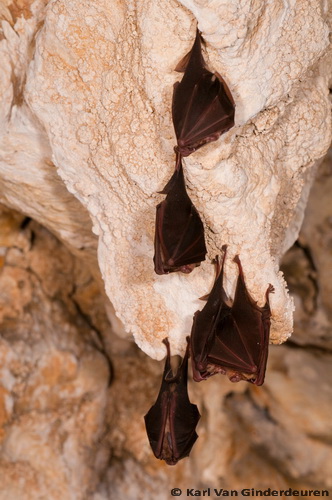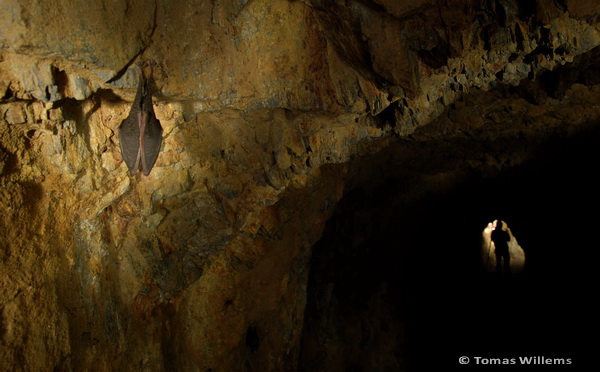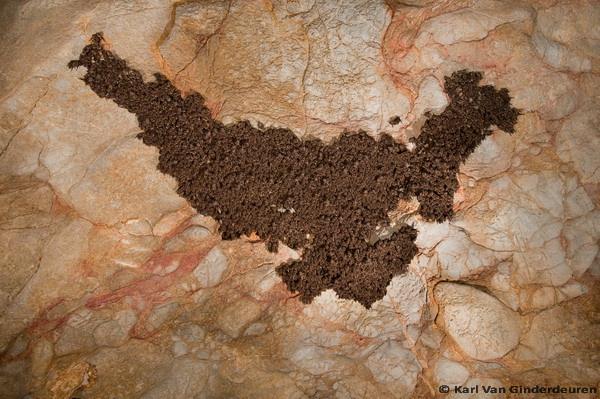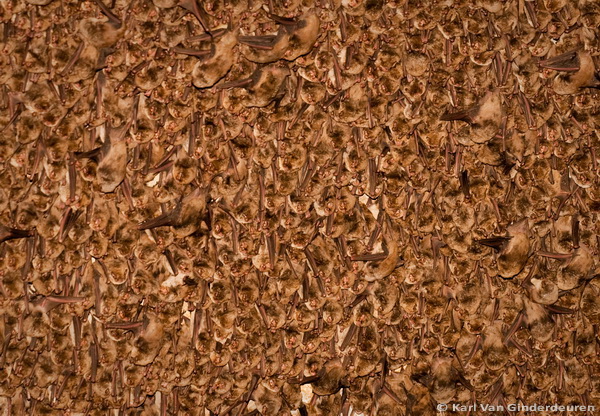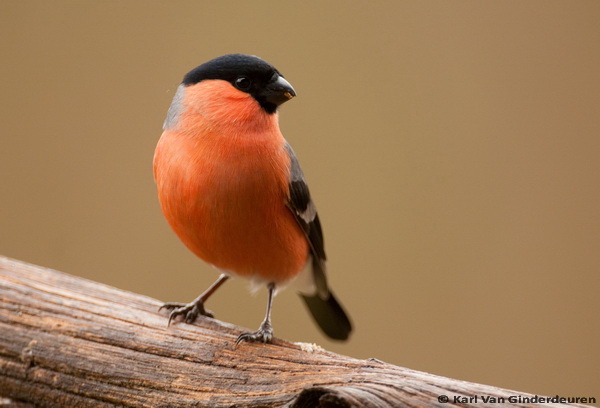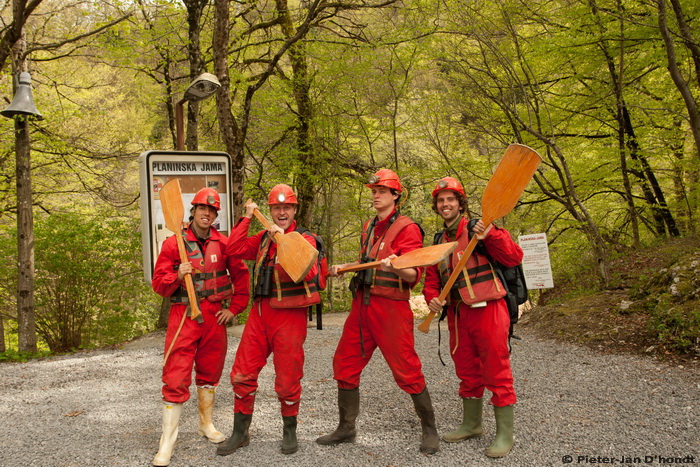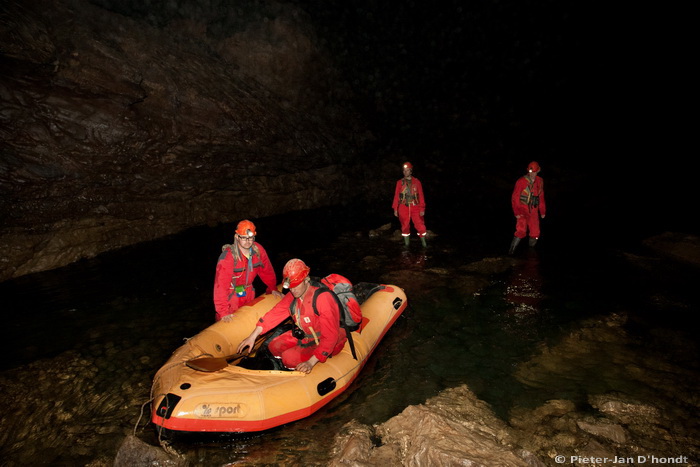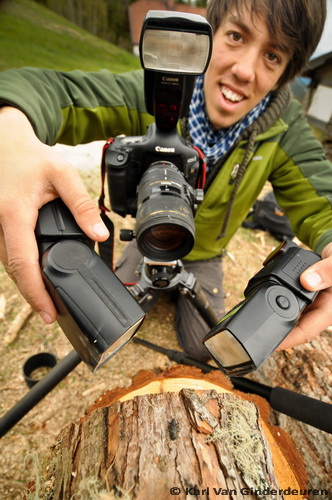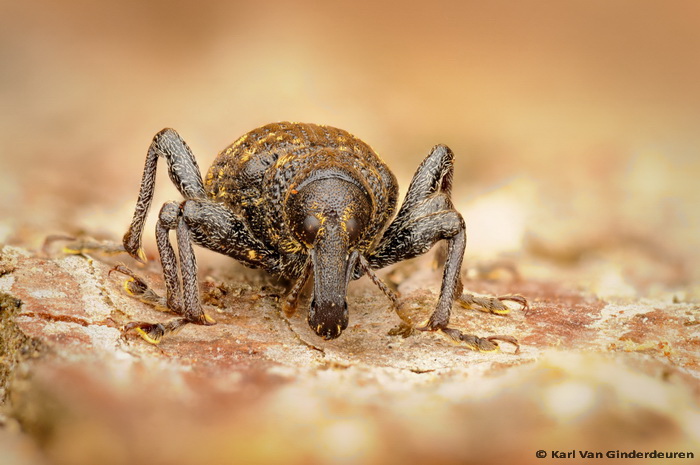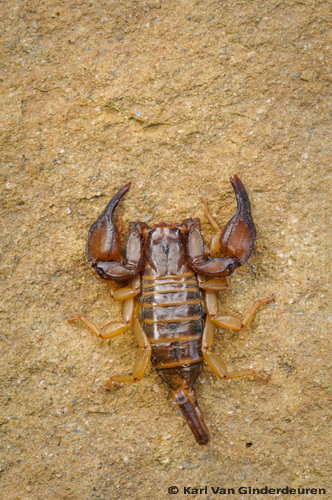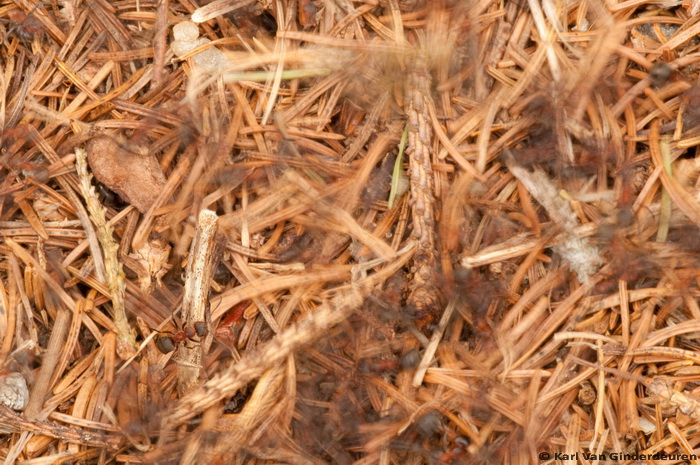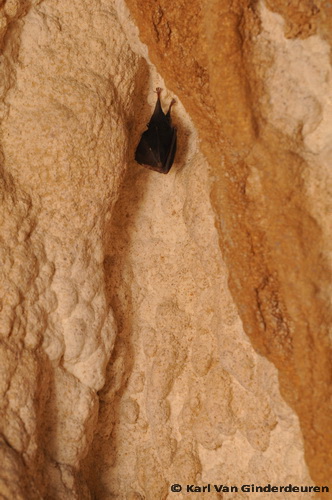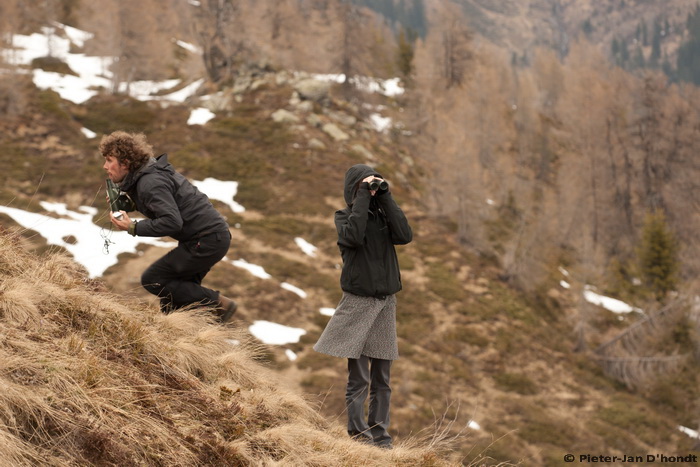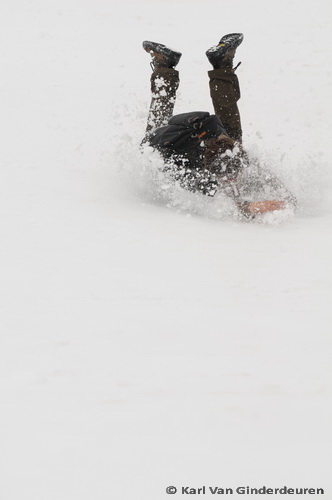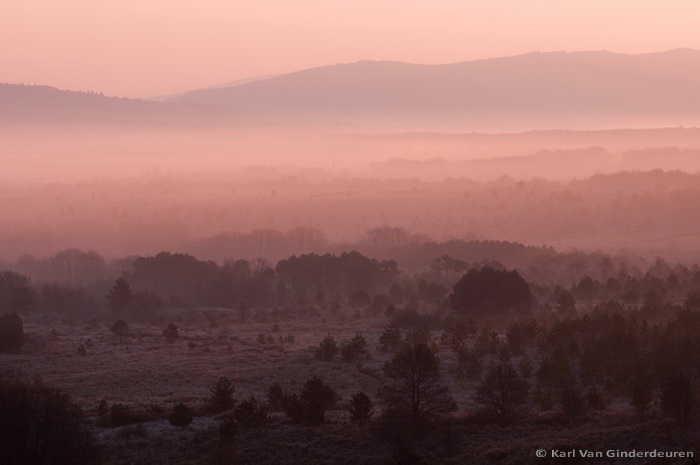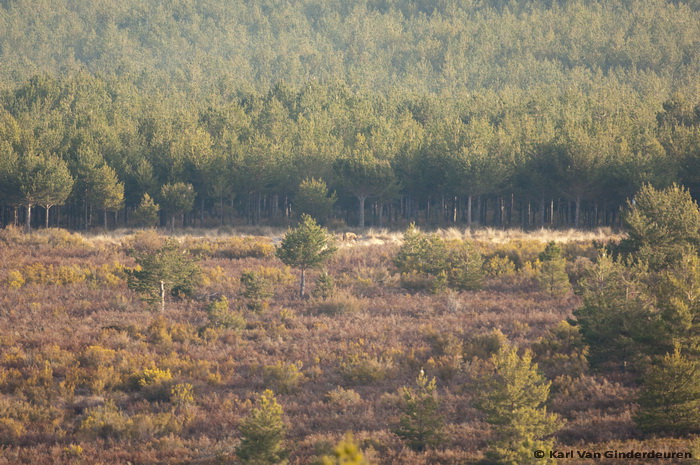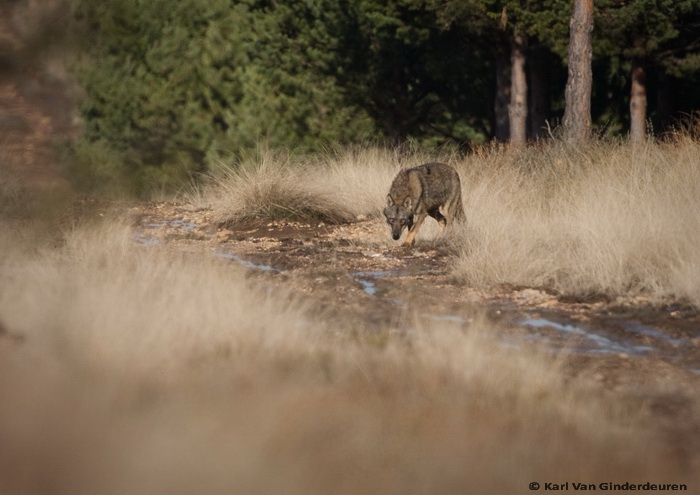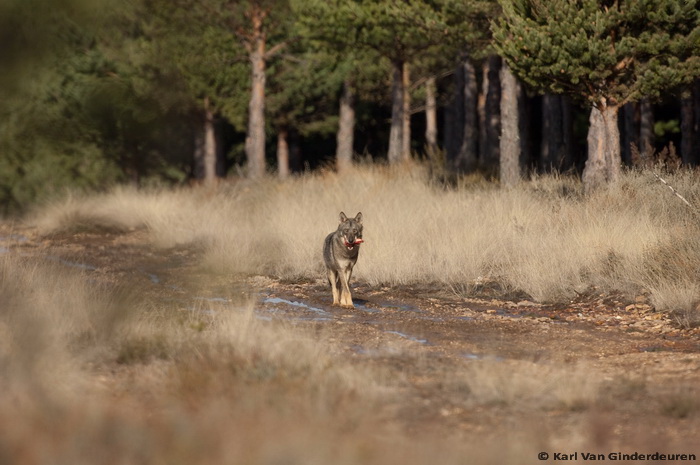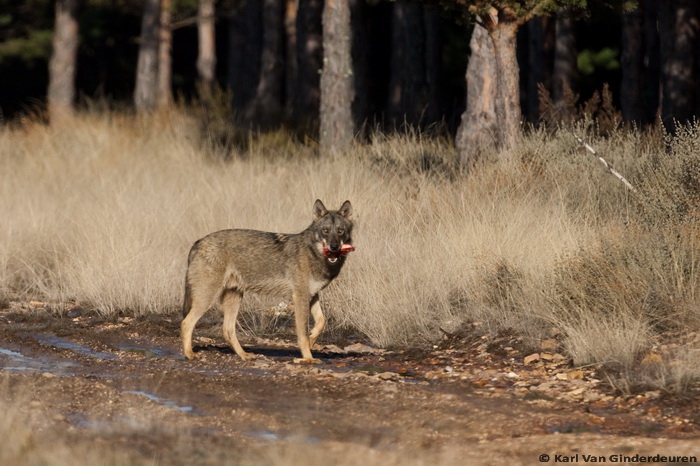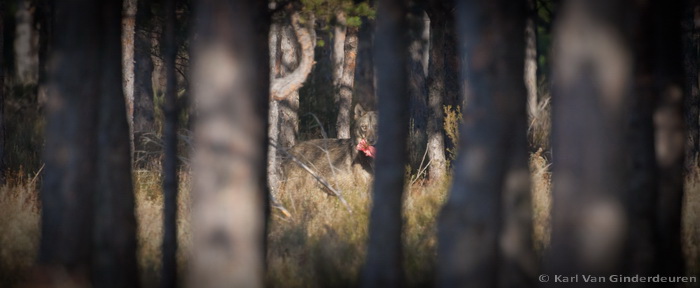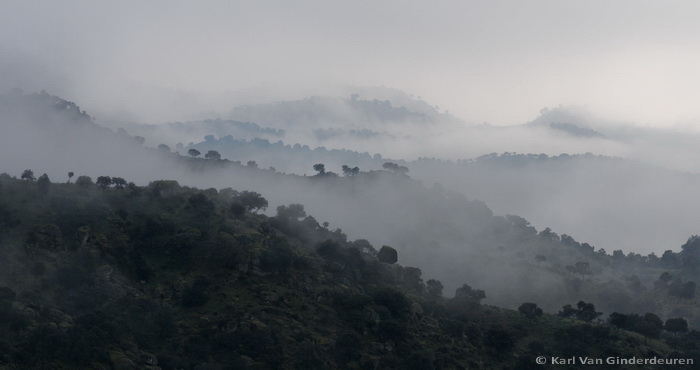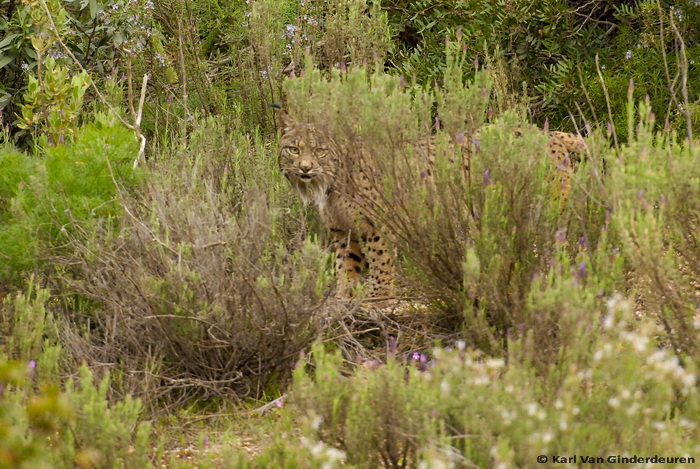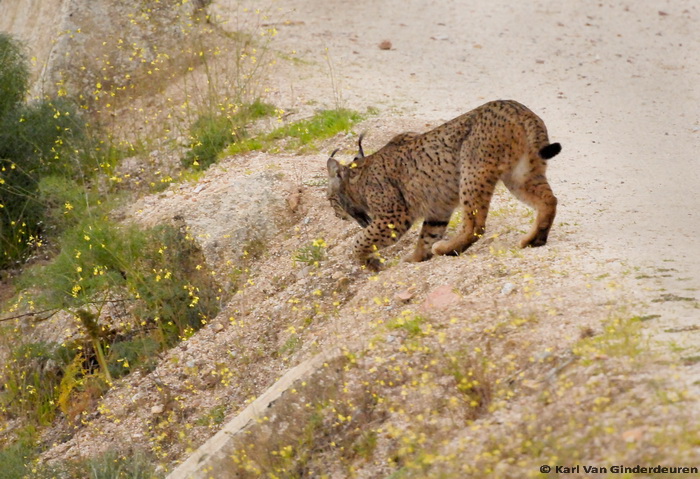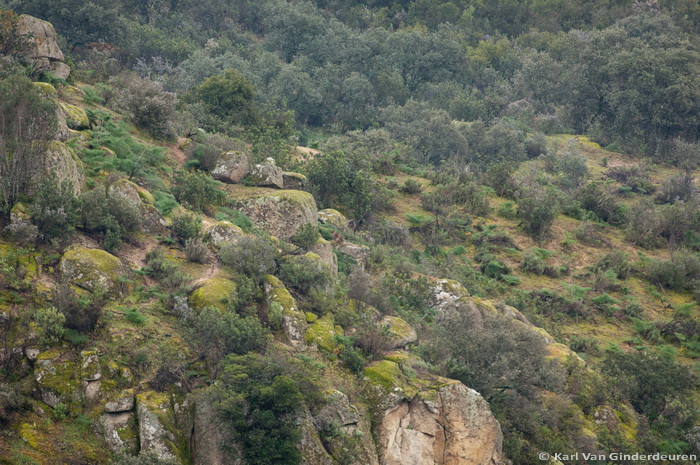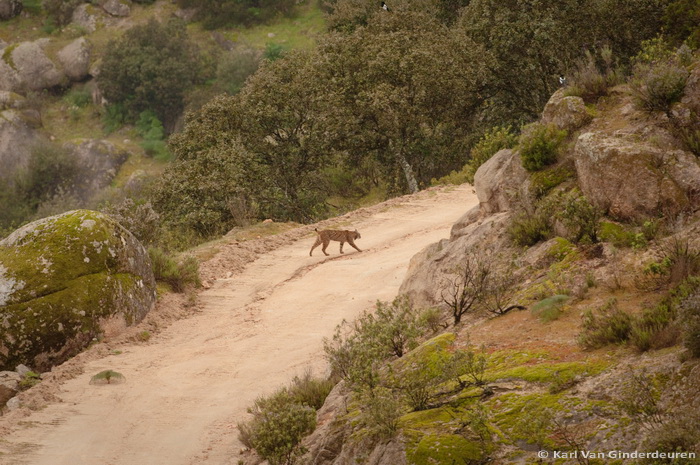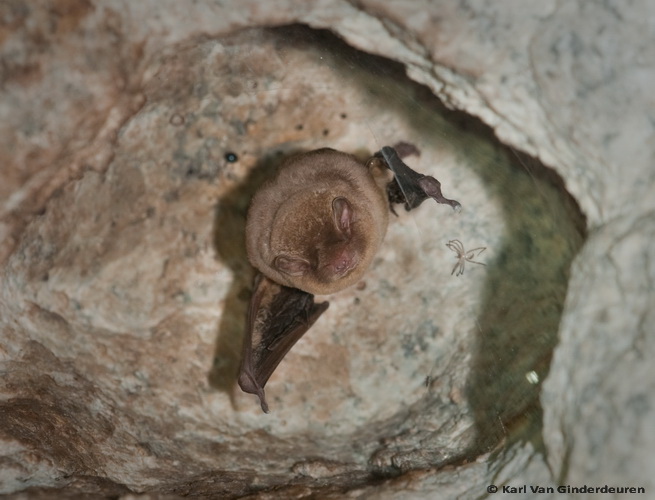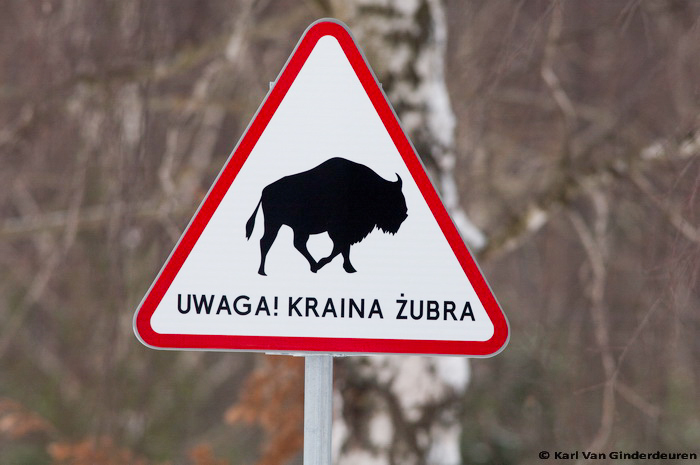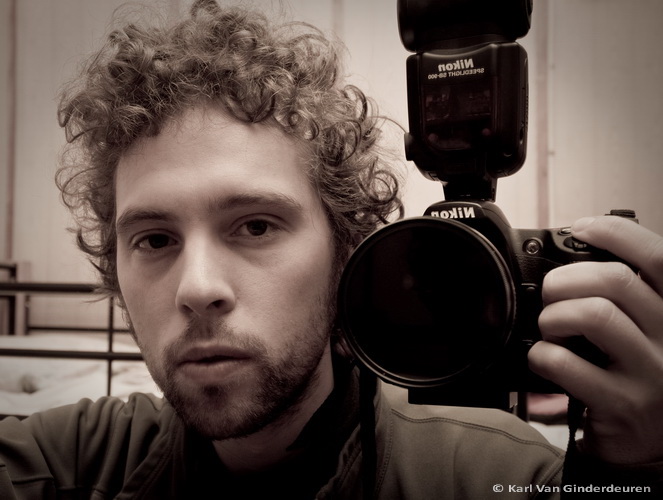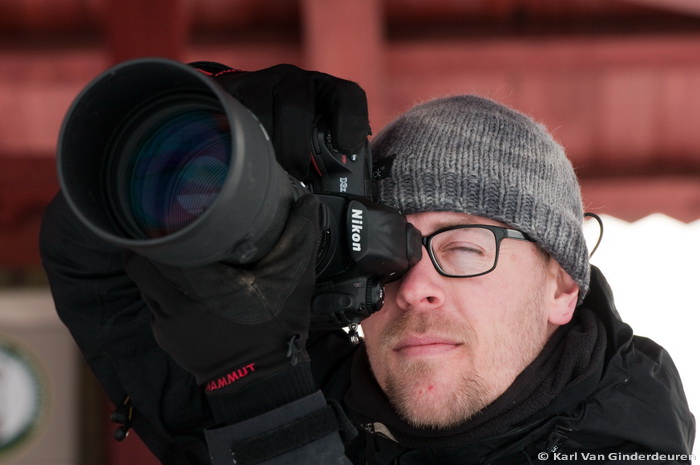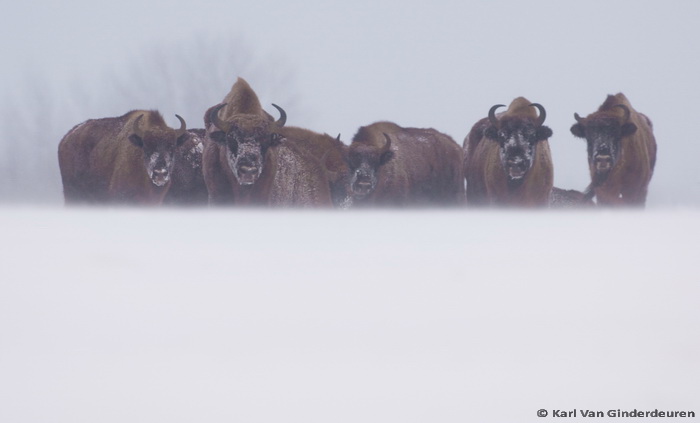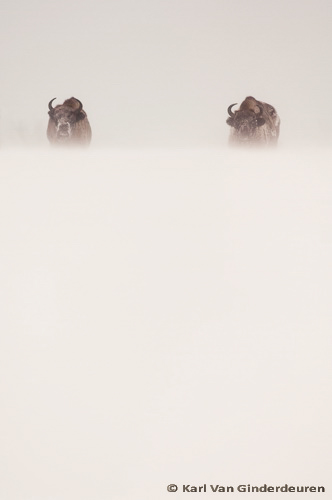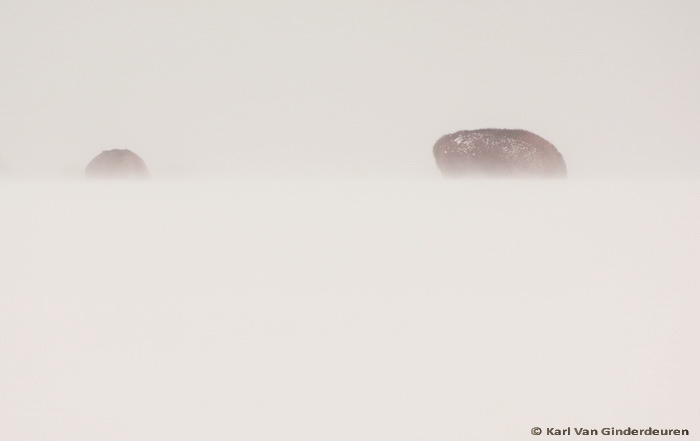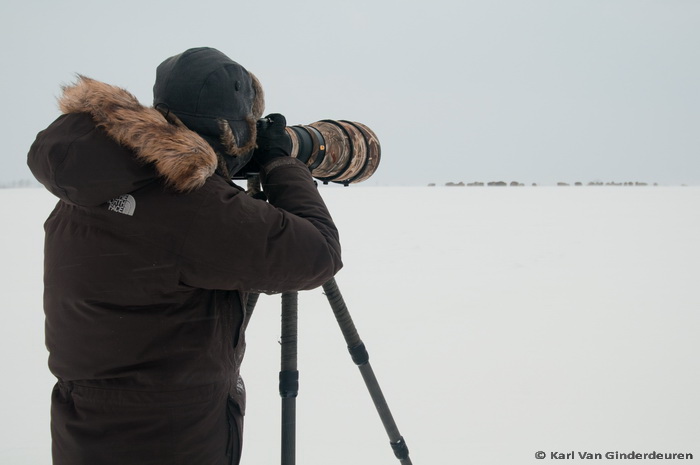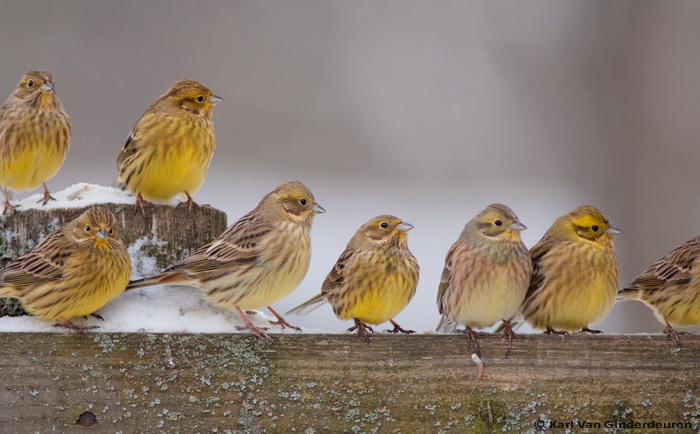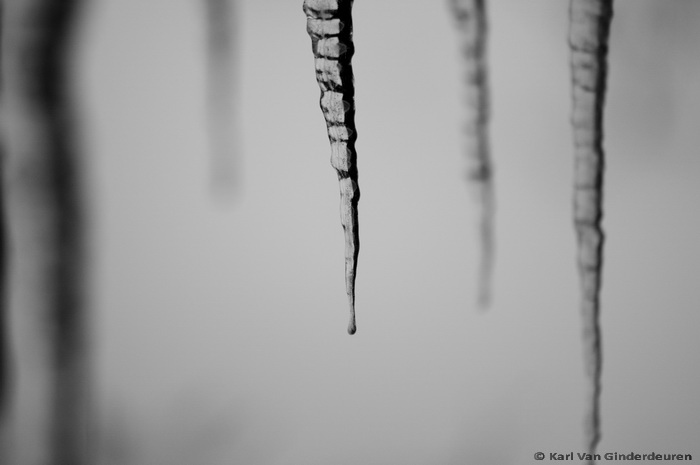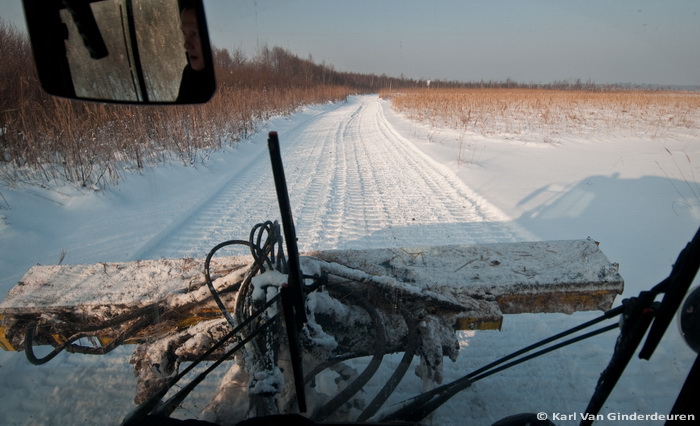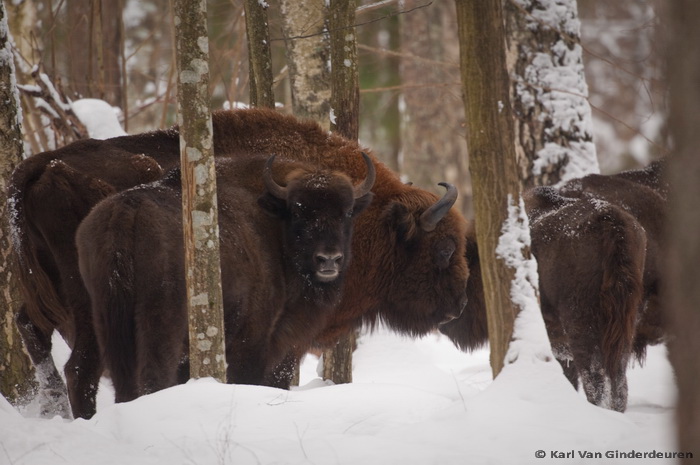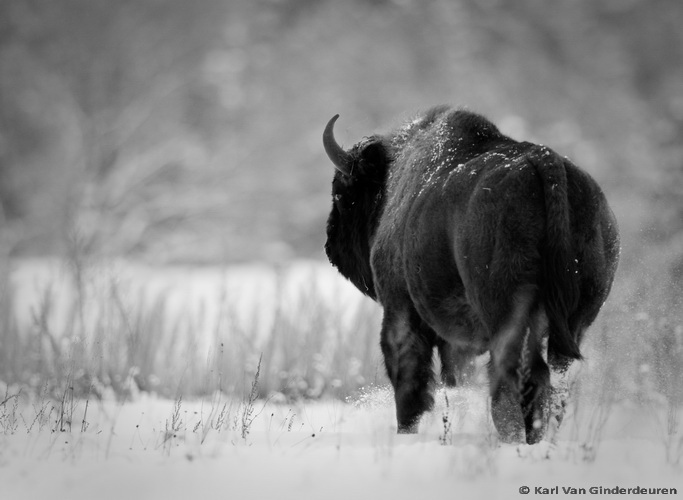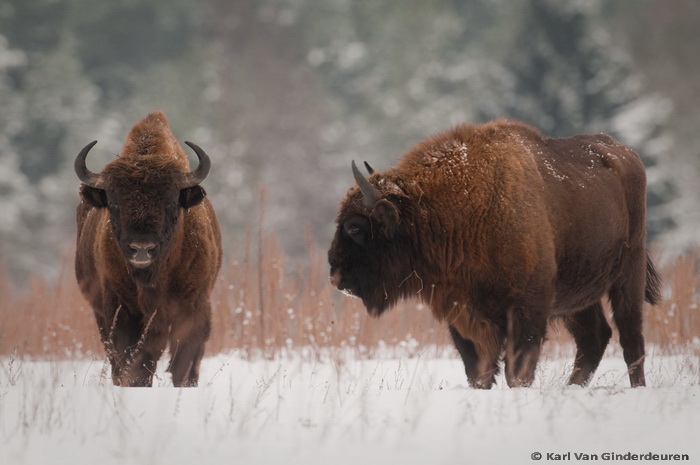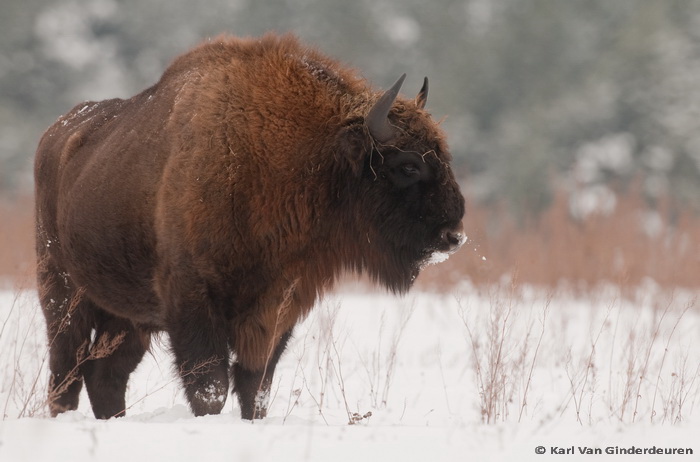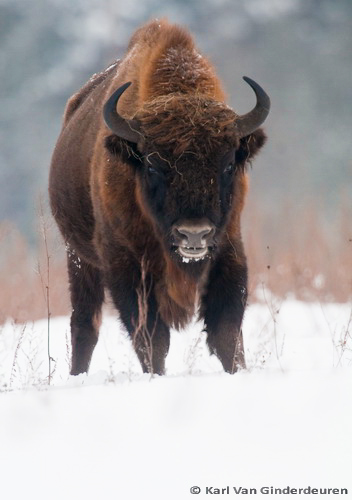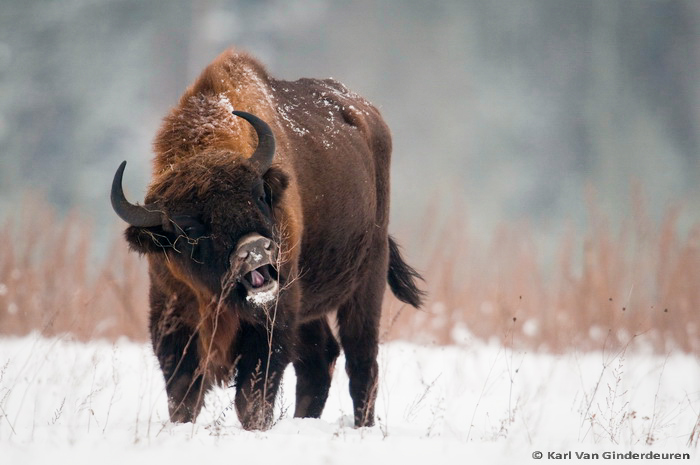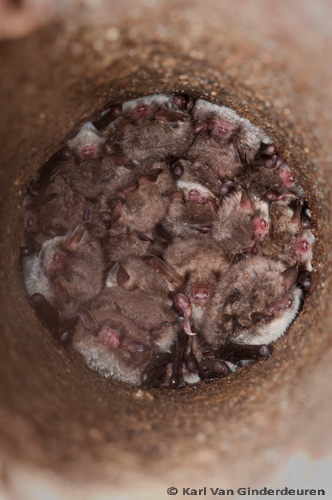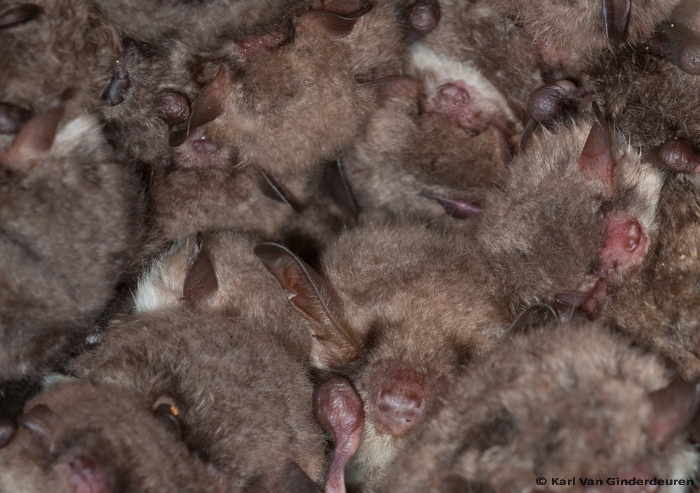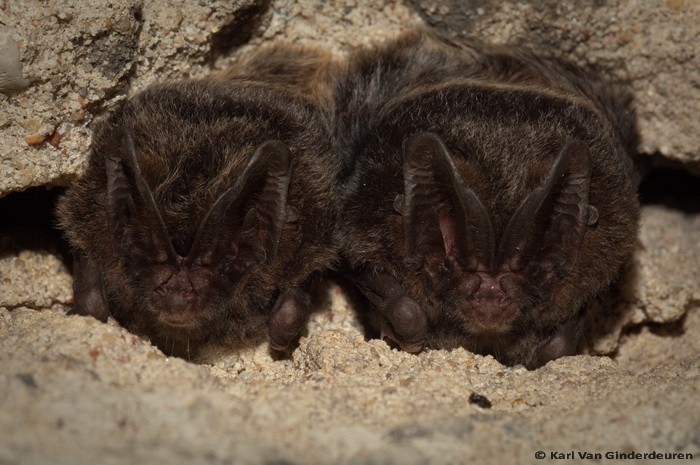“It is by far the most expensive country I ever visited”
Everybody I know who has been to Norway. They are right.
“It’s Scandinavia, don’t expect to see wildlife around every corner”
Crosbill Guides
“There is no bad weather, there is only bad clothing”
Norwegian saying… Yeah right!
“In Varanger, rain only seems to fall horizontally, never vertically”
Trip report
“You think you’re on the surface of the moon”
My dad, describing the barren tundra landscape near the North Cape
“If you see one, don’t look it in the eyes and slowly walk backwards. Do not run!”
Nyrud police officer talking about Brown bears.
Jan Kelchtermans said “You’ll see one”
In the previous two weeks Iwan, Jochen and I went to Scandinavia trying to see wildlife typical for the Fjell ecosystem. In Norway and Sweden, fjell (Norwegian) or fjäll (Swedish) usually refers to any mountain or upland high enough that forest will not naturally survive at the top.
We were very lucky to do this trip this year, since 2011 is now considered one of the better “rodent years” in the last decades. Lots of rodents, and many rodent predators guaranteed.

It’s all about picking the right target species and then going for it!
We looked for Musk ox, Mountain lemming, Arctic fox and Great snipe in Dovrefjell National Park together with Jan & co, and subsequently went North to the Varanger Peninsula for Arctic species. We also visited the Pasvik valley, an area with some of the most pristine forest and bogs in Scandinavia.
DOVRE
Musk oxen need a very dry, cold and barren type of habitat. They are the only species of large herbivore capable of surviving such frozen wasteland. These large goats were reintroduced in 1932 in the Dovrefjell nature reserve, one of the driest places in Norway.
Notorious for being moody and often aggressive, we looked for and approached them with great care. The Dovre landscape comprises hidden hillsides and cracks which often leads to stumbling upon a Musk ox. It takes some time for the animals to get to know you, only then can one come close enough to photograph these rough beauties.




Walking curtain
A very sought after and seldom seen carnivore in mainland Europe is the Arctic fox. Jan spoke to his many contacts and received good info of a mountain side where foxes and their tracks had been seen. After several hours of hiking a den was smelled/located underneath an abandoned shed. Sitting downwind between the rocks we could observe these small elusive foxes, hunting in the twilight of the arctic nights. We don’t know whether this particular fox was reintroduced (big project going on) or one of the original foxes. It was not collared.

Arctic fox overlooking its territory. We don’t know if this particular fox had been reintroduced or not. It wasn’t collared.
Dovre also produced many Mountain lemmings, one Forest lemming (in Sweden) and two Siberian jays.

Mountain lemming photographed at night

Siberian jay

juvenile Tengmalm’s owl
An ornithological masterpiece that all of us had been willing to see for a very long time is a Great snipe lek. Between 20-30 males were lekking at one time, for several hours. I took pictures until my camera decided that there was too little light coming in. Fantastic!
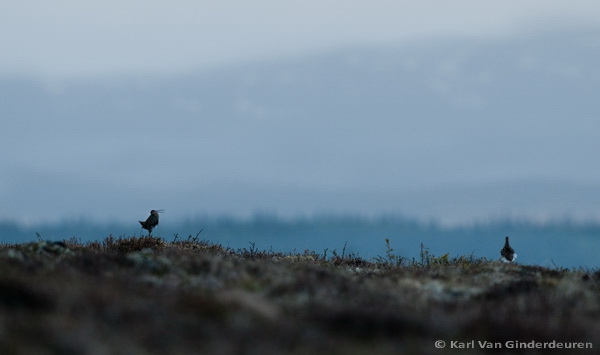
Great snipes lekking

After three days of Southern Norway we traveled North of the Arctic circle towards Varanger. This remote part of Scandinavia is the only area in Europe which has a permafrost, as part of a Tundra ecosystem. Six days of tracking in cold and often wet conditions delivered us sightings of Humpback whale, White-sided Dolphin, Grey and Harbour Seal, Tundra vole (Noordse woelmuis), Northern red-backed vole (kleine rosse woelmuis), Grey Red-backed vole (rosgrijze woelmuis), Snowshoe hare and also King eider (30), Stellers eider (20), all six European auks, Arctic redpoll, Gyr Falcons at nest and many more. Only on the last day we managed to find a Yellow-billed diver.
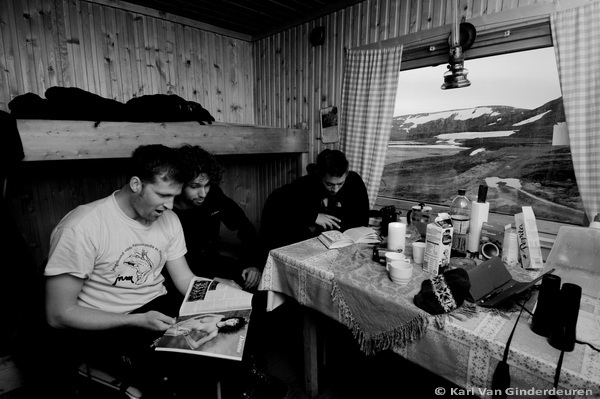
Iwan brought interesting taxonomical literature, describing how to split certain red-backed voles based on 16s ribosomal RNA sequencing.

The rock formations found here belong to the oldest on earth and make for a spectacular landscape.

Red-necked phalarope fouraging


Hornoya
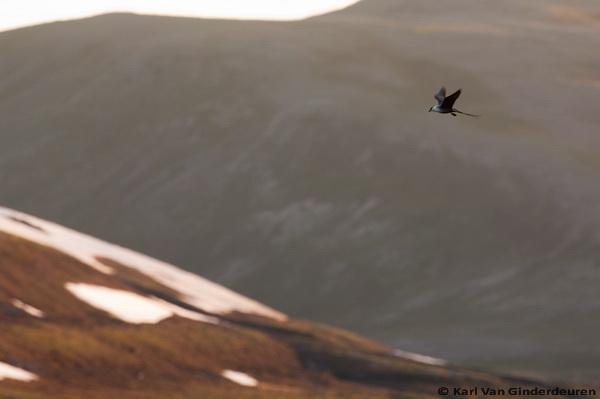
Streamer boy flying above the tundra

Long-tailed skua flying past
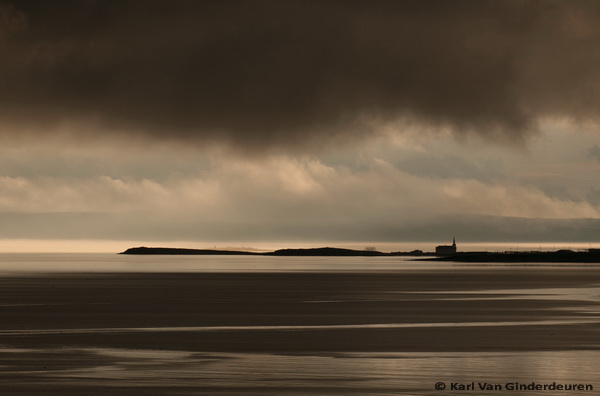
Nesseby church bathing in glorious light
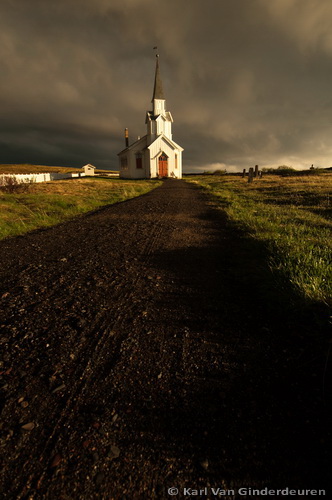
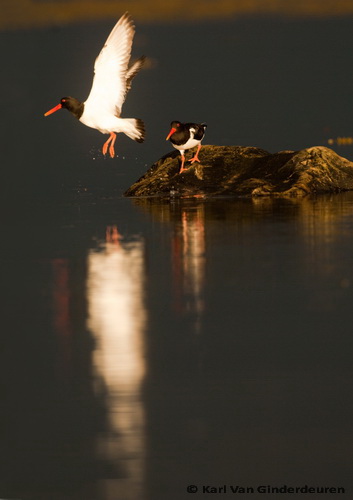
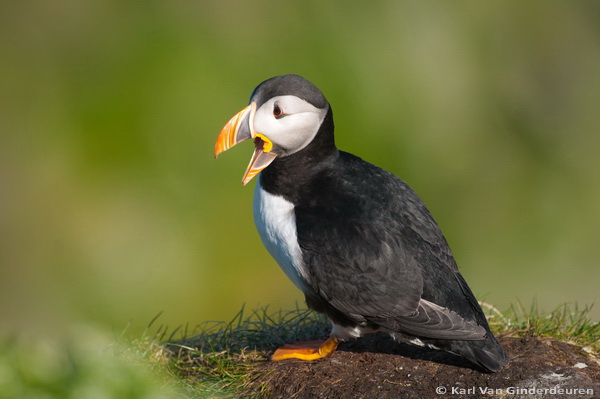
Puffins
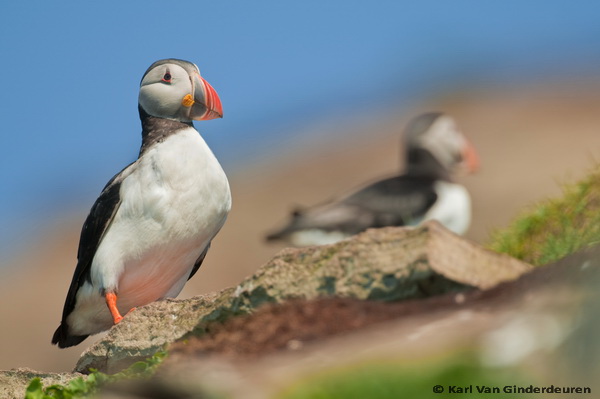
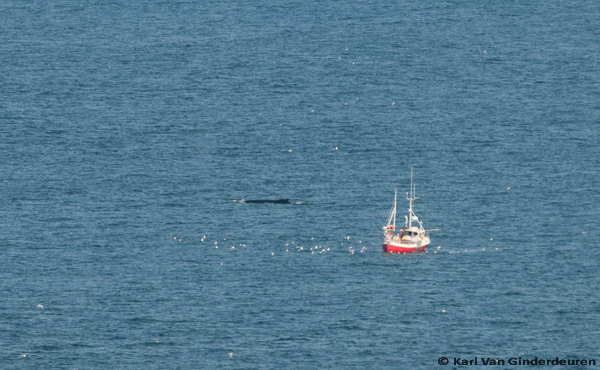
Humpback whale going after schools of Capelin (lodde) together with dozens of fishing vessels

Adult summer plumage Little auk: A very rare sight in mainland Europe. I never came across Little auk sightings in the reports I read
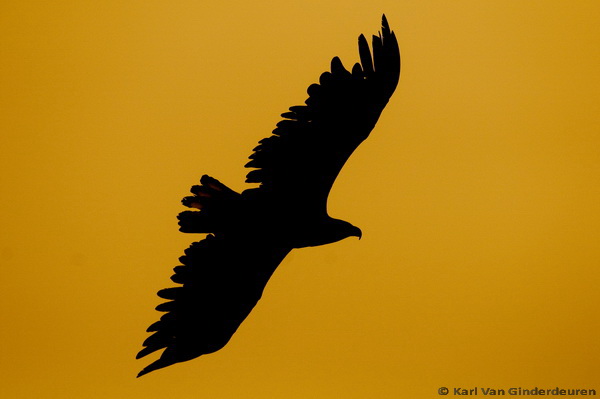
White-tailed eagle in sunlight
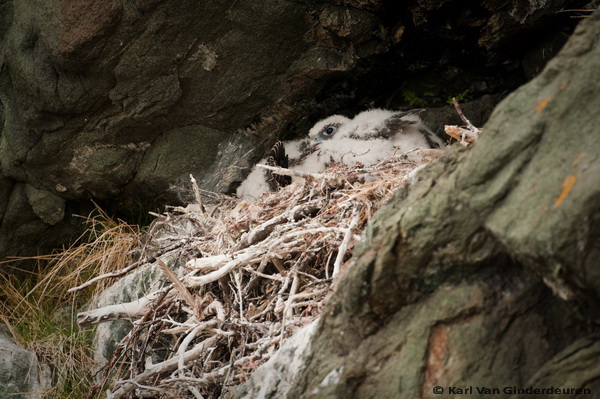
White-tailed eagle nest occupied by Gyr falcons!! (Thanks to Peter Claus & co for this)
There was a path going underneath the nest so people were passing here several times a day. Photo taken with 500mm + converter

A triple rainbow panorama it seemed. Apparently a double rainbow with a “tertiary” reflection.
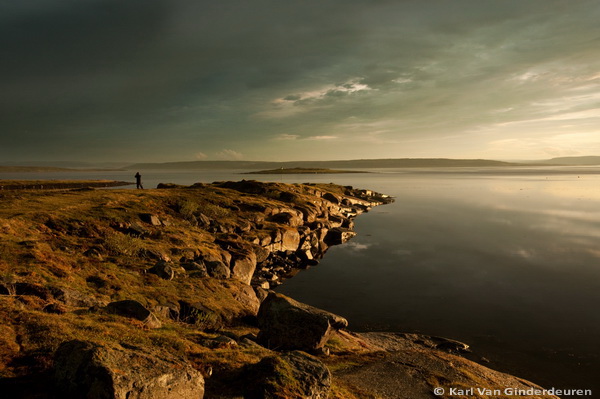
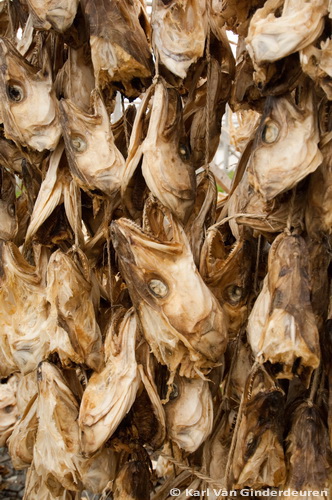
Cod drying
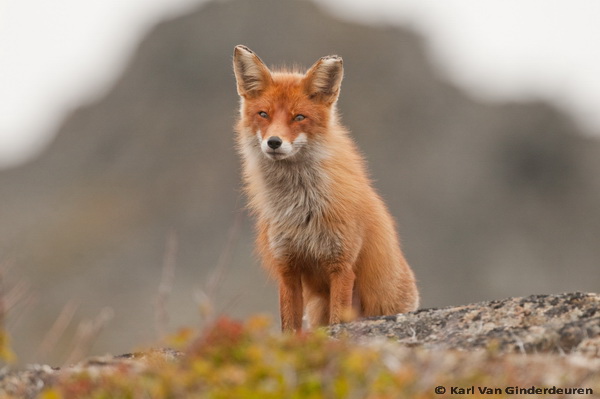
On the tundra we followed a fox towards its den. There I could photograph the intimate behaviour between mother and cubs
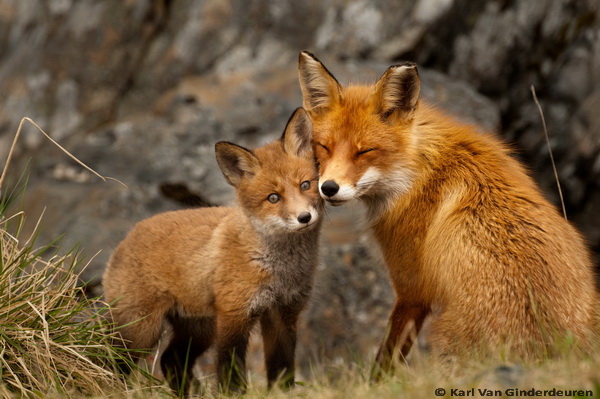
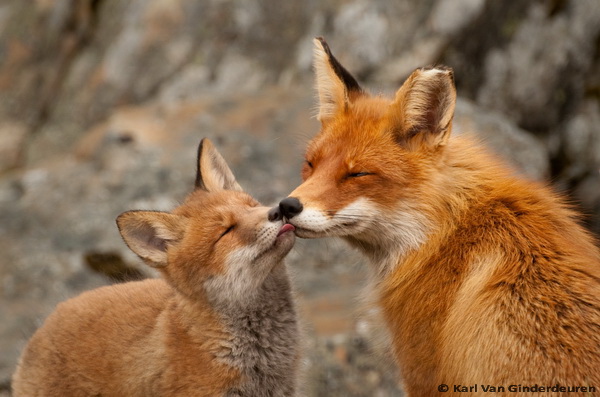
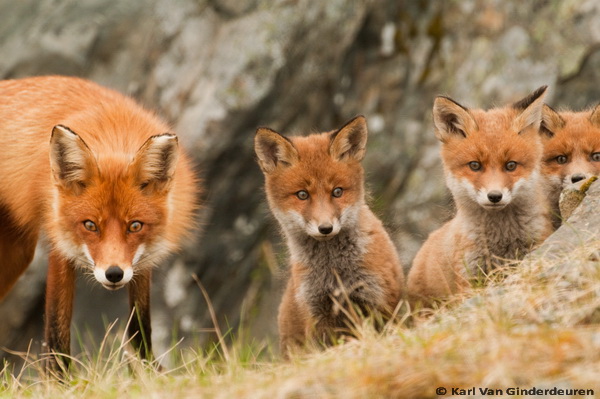
Evil boyzzz?
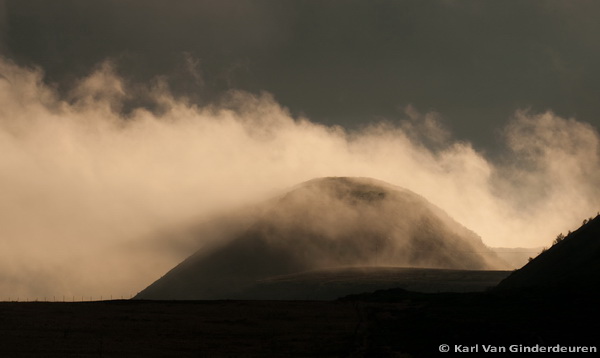
Finally, in our quest of seeing a Brown bear not near a dumpster or (expensive) feeding place, we visited the pristine Pasvik valley. The first day we went for birds and saw three Pine grosbeaks and several Siberian tits. Two more Forest lemmings were added to the mammal list.
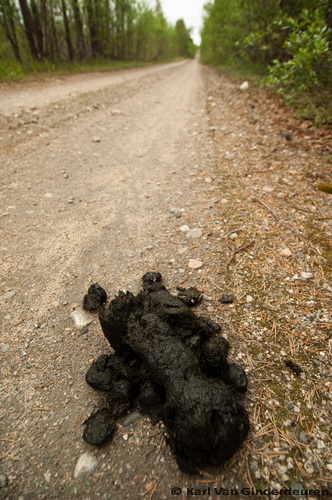
Bear droppings showing the bears were mainly feeding on grass
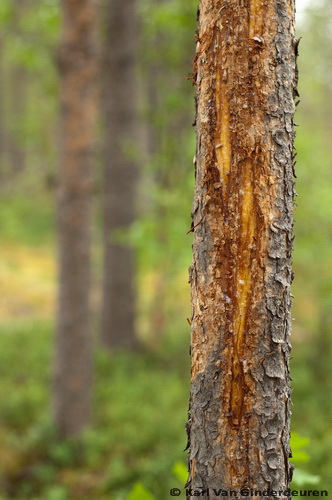
Bear scratch marks on tree
To see a bear, we changed our diurnal rhythm and slept during the daytime. At night we scanned the bogs on the border between Russia and Norway. All of this in hope of seeing “Fat Teddy” as Iwan likes to call them. On the night of the 9th of June we had been scanning for several hours when I saw a bear crossing the road. We went to the area where it had walked and started tracking it’s prints up the slope. Immediately the wary bear was on to us (it must have heard us) and sneaked away. We could follow it for a few seconds before losing sight. Too short, but very cool nevertheless.
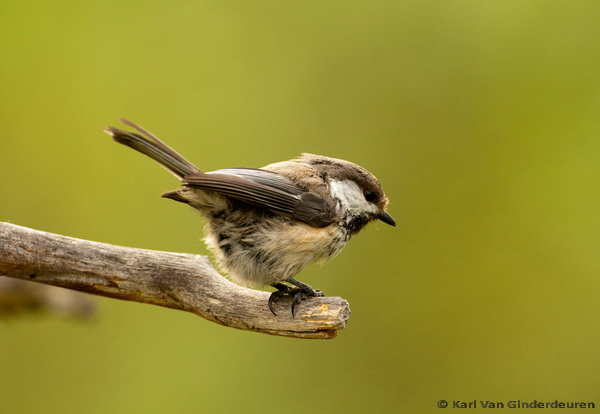
Siberian tit
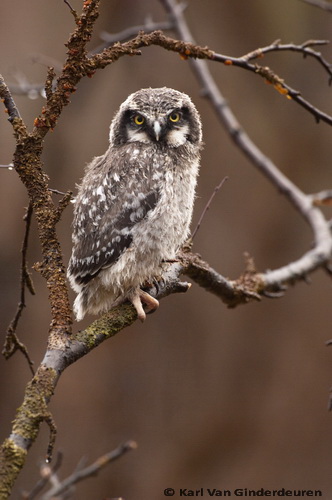
Juvenile Hawk owl
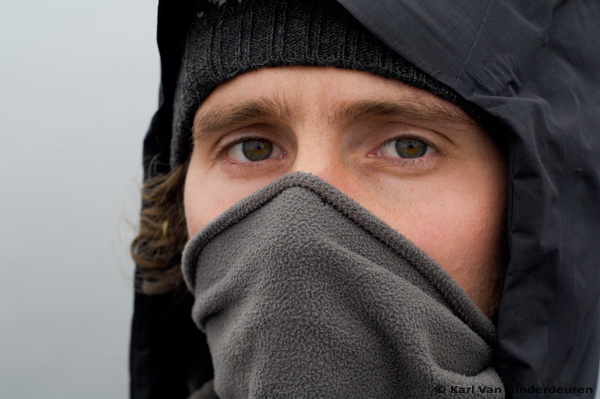 It was supposed to be a summer holiday…
It was supposed to be a summer holiday…
In total we saw 22 mammal species and some very cool birds.
What did we miss: Great Grey and Snowy owl: Hardly breeding in Finmark despite good numbers of prey.
We did not see a single bat in fifteen days, no Northern bat to add to the life list…
